Tips + Techniques
If you haven’t experimented with aspect ratios in an image the same way that you have with light, lenses, presets and all of the other parts of your photography, you’re probably missing out on one of the simplest ways to create a competitive point of difference in your work and enhance the stories you’re telling.
That’s nerd speak for shave off some pixels and radical differentiation awaits.
The average digital camera takes photos in the 2:3 aspect ratio (2 parts wide, 3 parts high, and vice-versa). It’s a fairly meaningless ratio now, originally taken from the days of 35mm film cameras: it wasn’t ever the only aspect ratio anyway, and what’s more, it doesn’t even fit any photo frames that your clients are likely to purchase.
In fact, most photo-frames your clients are likely to purchase or have, use 1:1 or 4:5 aspect ratios: originally found in large-format photography that predated the 3:2 35mm-based format that we now use, almost without exception.

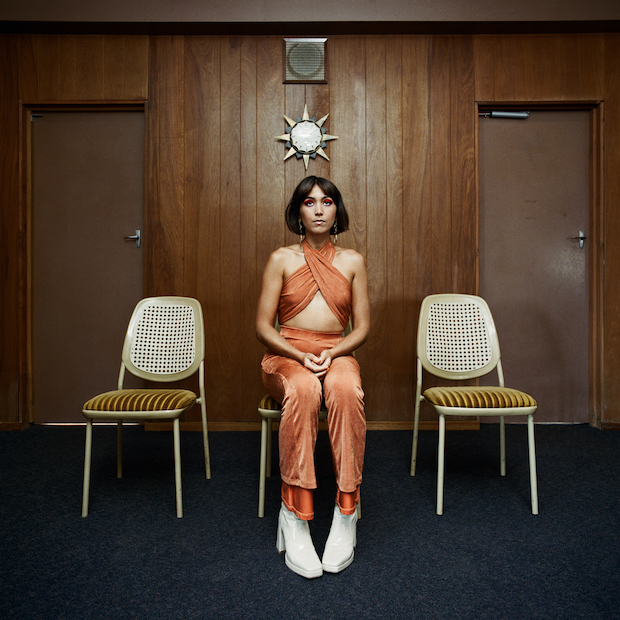
So what is the main reason we should continue to be creatively tethered to the 2:3 format that comes off our cameras?
Well… there isn’t one.
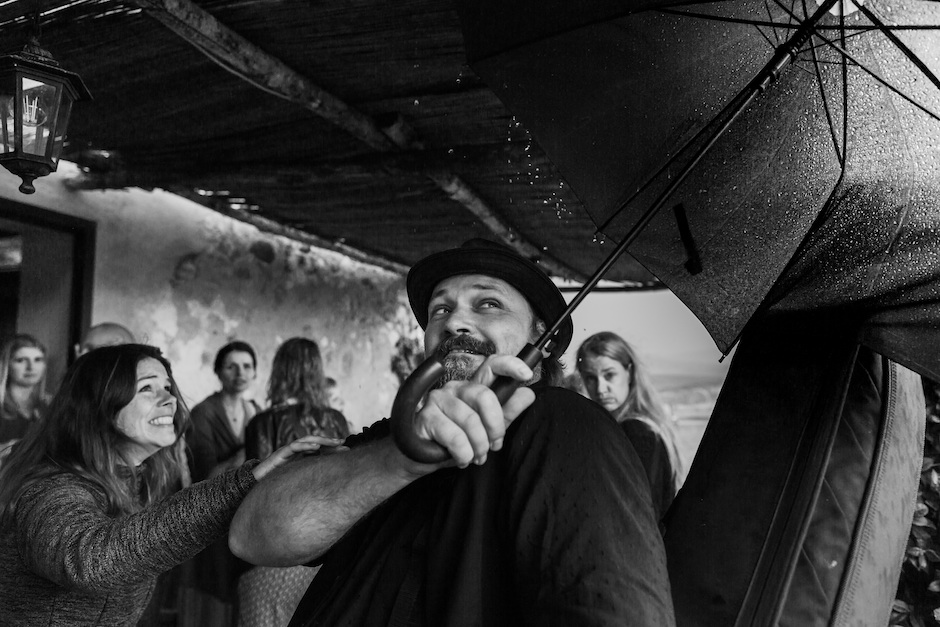
As our digital cameras gain more and more resolution and afford us more of an ability to crop (and in the future have even more in-camera cropping options), it means that we get to start making more permanent creative choices about the aspect ratios we are choosing to normalize in the work that we make.
And maybe there’s even room to have our own aspect ratio running across all of our work that is ever so slightly different to everyone else.
Below is a diagram I made for strangeatlas.co that displays a few of the more well-known aspect ratios and how they all live inside what originally comes off our camera.

These other aspect ratios have an enormous impact on how that photo feels, how that subject in it is celebrated and how much that image stands out from the images of everyone around us.
If presets are a part of our look and become our signature, then why don’t we also have a signature aspect ratio? If you’re not considering alternative aspect ratios, then you’re letting someone or something else (in this case a camera sensor) choose the aspect ratio for you. And as digital cameras become more and more detailed, this begins to make less and less sense as our cropping options expand.
Already, the camera sensor is cutting out a lot of image information that could be captured by the lens on it; otherwise, digital cameras would all use square sensors.
So maybe we can get to cutting too and trim away some of the information we don’t need, so that our stories become stronger.
Part of what makes a great image is what’s in it—part of it is composition, part of it is the inherent magic of distance between the viewer and subject matter (ever notice how images decades old have a unique quality of magic?).
And another part of what makes a great image that we hear less about is how a different aspect ratio can surprise our brain by giving it something to consume in a format different to what it’s used to seeing.

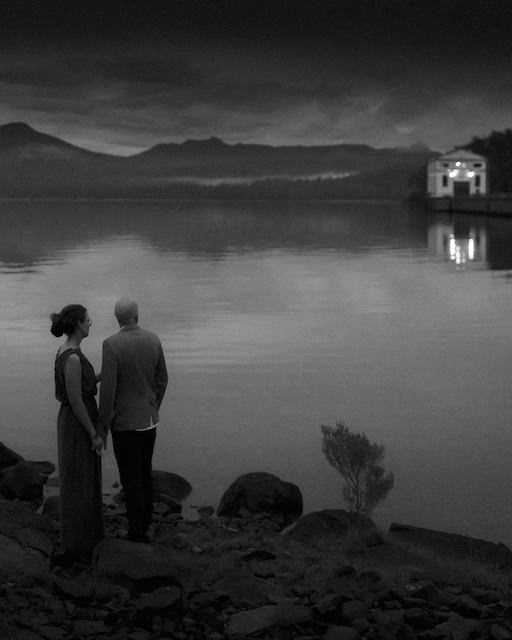
“Clients don’t notice or care whether the aspect ratio is the same as the one that came out of the camera: “Hey cheeky…I just *know* you shaved 1,200 pixels off the sides… to make that a 6:7 ratio…”. They only notice how an image feels and a different aspect ratio means a different feel. There’s a different relationship to the compositional elements in the frame, a different way the image uses breathing room and a different way that our eye is held or drawn around inside the space of the image. (Not to mention that some aspect ratios fit standard printed photo-frame sizes much better, such as 4 x 5.)
Here’s How to Understanding the Power of Aspect Ratios in Photography Through Other Peoples’ Work:
If you don’t believe me about the power of aspect ratios, check out a few of these photographers’ iconic bodies of work specific to different aspect ratios and pay attention to how they make you feel.
1:1 aspect ratio
8:10
Chloe Dewe Mathews: Banger Boys of Britain
6:7
9:16
Every impactful image on Insta-stories is made to maximize their space on the device, and that means the most impactful images you’re seeing at the moment are often in 9:16—it’s a vertical take on the horizontal cinema format.
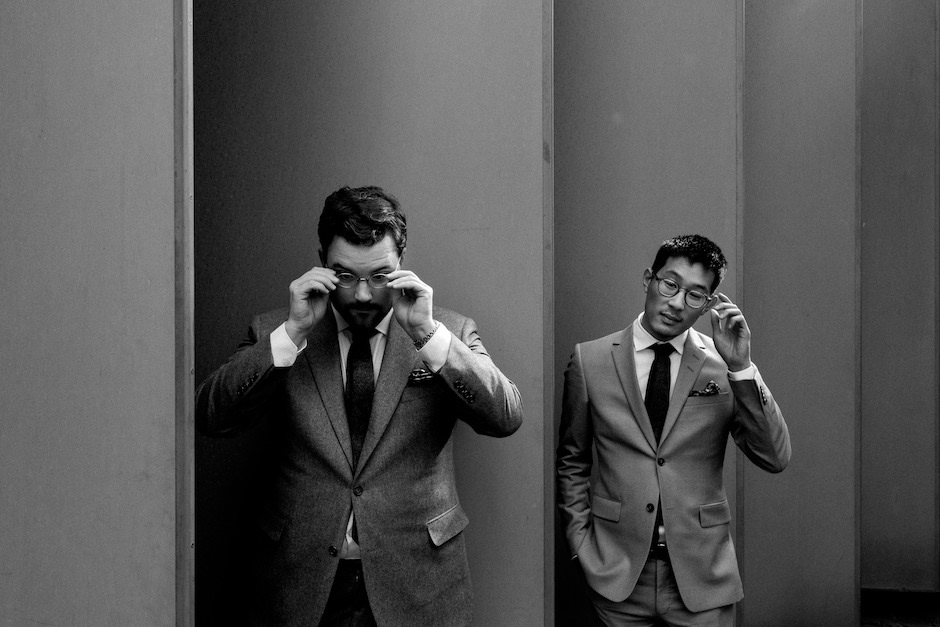

Even Wider Ratios:
You can’t have an article on aspect ratios and touch on super-wide images, without mentioning Jeff Bridges’ iconic Widelux documentary work, and his general commitment to and advocacy of the format itself:
Getting to the heart of it in 1:1.
Here’s How to Experiment with Aspect Ratios Yourself
Jump into Lightroom, and head to the cropping section (Tip: Press “R” to access the cropping and aspect ratio tool, no matter where you are). In the dropdown, you have a range of available aspect ratios. Experiment, see what makes you feel a certain way, or what aspect ratio better brings out the qualities of a specific image.
Here’s a shoot that displays how you can carefully mix and match aspect ratios in photography without compromising on storytelling, but rather to benefit it:


Tip: don’t be afraid to make some brutal crops: I frequently shoot an image in horizontal that ends up becoming a vertical 4:5 crop. The strength of the image is what matters, not a weak image with more pixels in it.

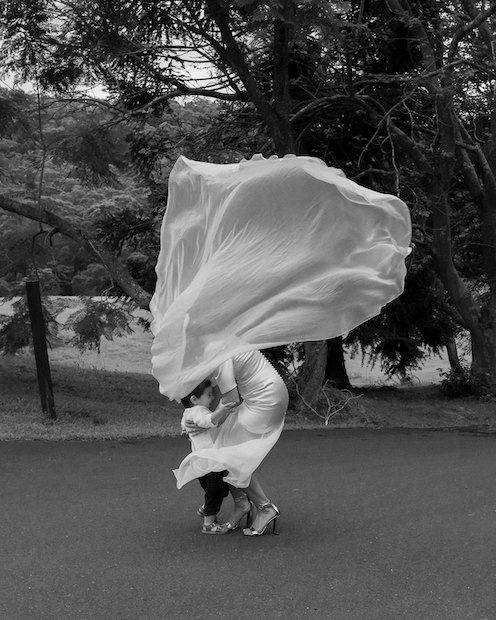
How to Infuse Unique Aspect Ratios from a Workflow Point of View
My editors, Wildernis.co (mention OLI for a discount) know that the 4:5 aspect ratio is one of my signatures, and that 20-30 percent of my gallery needs to be delivered to me with that ratio. If you outsource part of your editing, then communicate clearly some rules you’d like adhered to. If you do it all yourself, save your favorite aspect ratios in the cropping panel.
Tip: No one really talks about using aspect ratios in a preset but from a workflow point of view this is incredibly powerful: save your aspect ratio as a preset (if different to the stock ones), so your distinct look is always accessible. These don’t work quite like regular presets, as they live only in the cropping dropdown: where conveniently they’re available at all times.
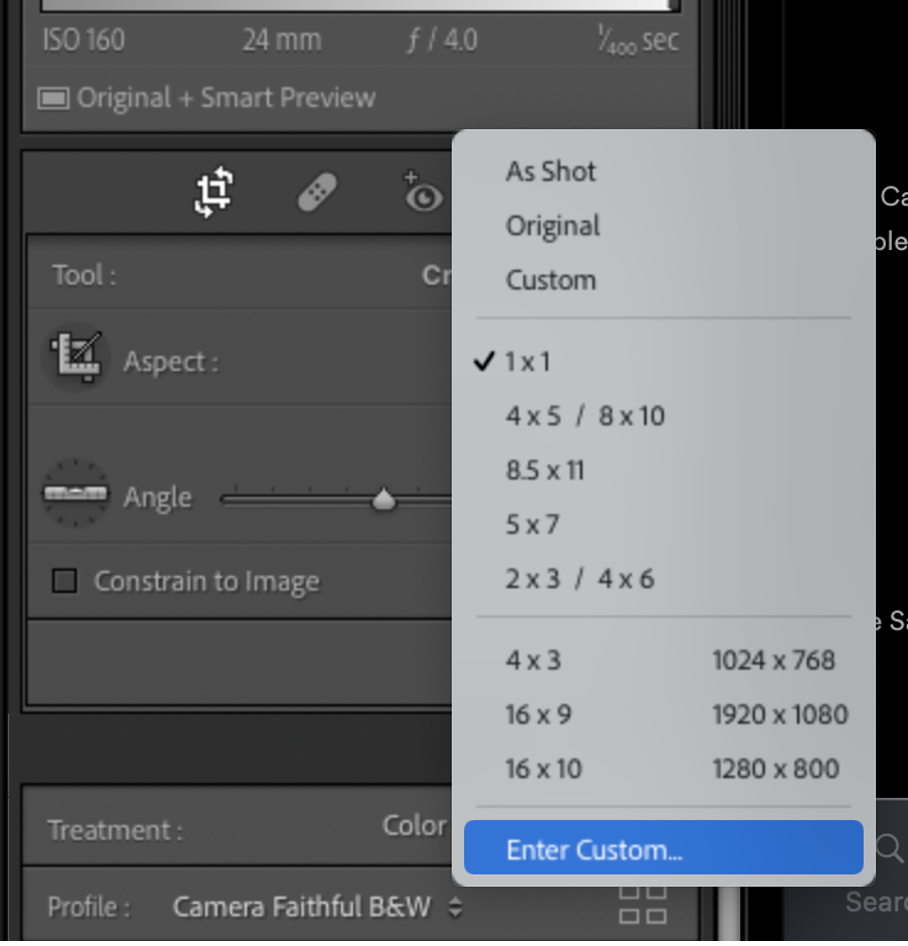
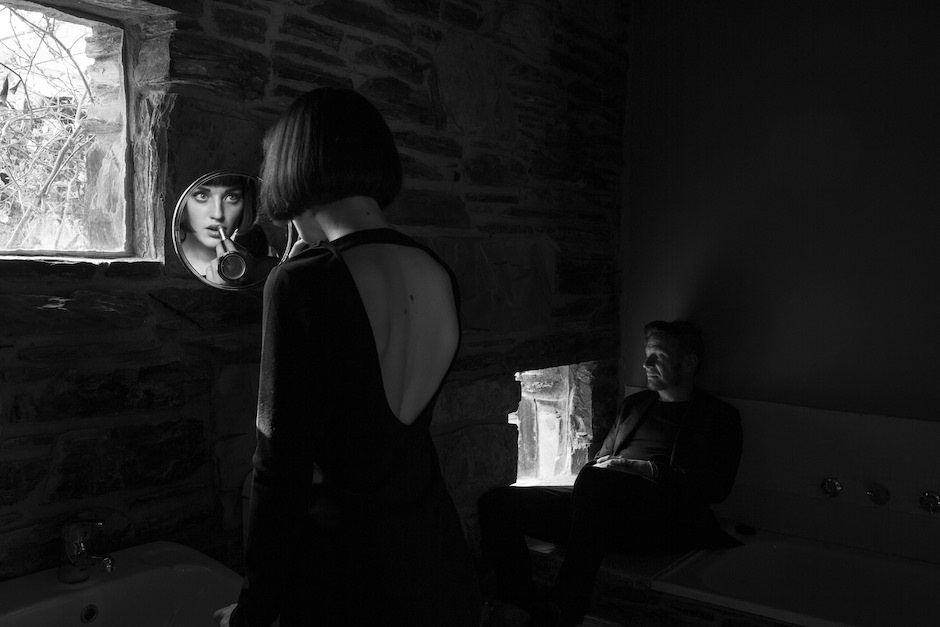
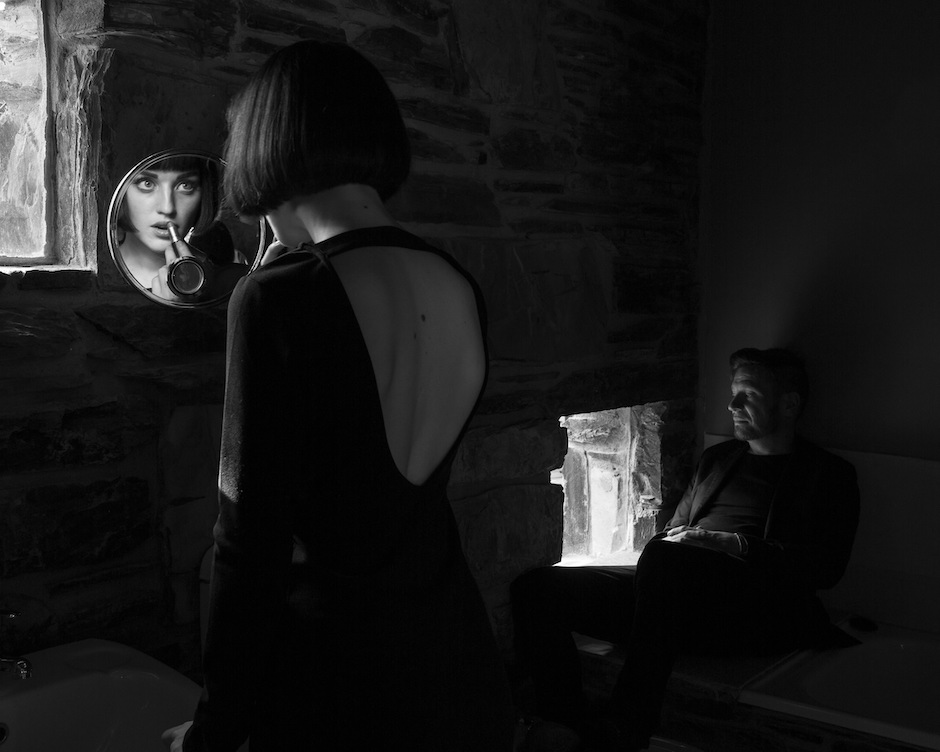
Oli Sansom is the Melbourne-based wedding photographer behind the brand Briars Atlas, and was chosen as a 30 Rising Star of Wedding Photography in 2015. If you liked this article on aspect ratios, read how he plays with isometric photography techniques—visualizing an entire relationship in one image—to create compelling portraiture here.
RELATED STORIES:




